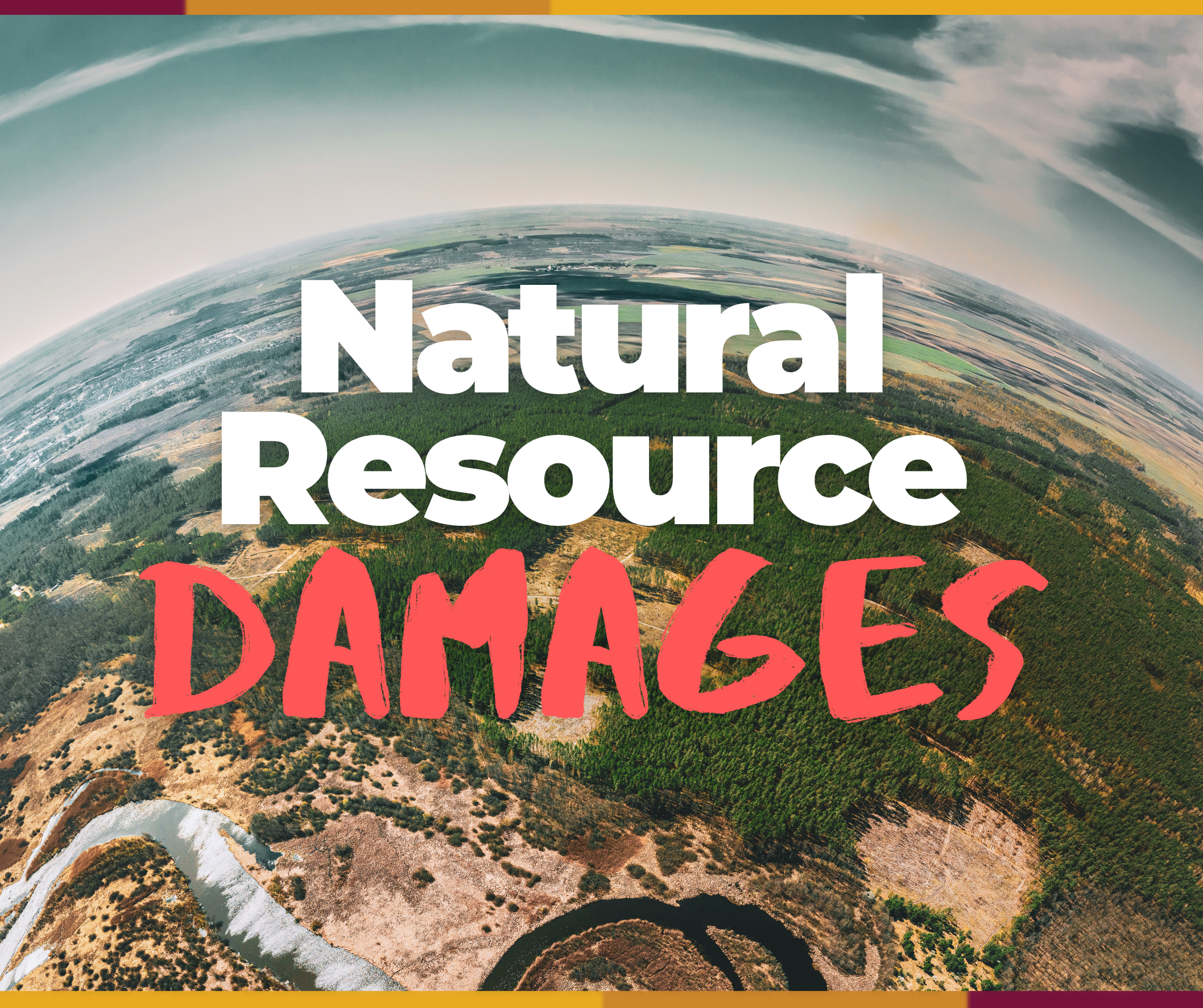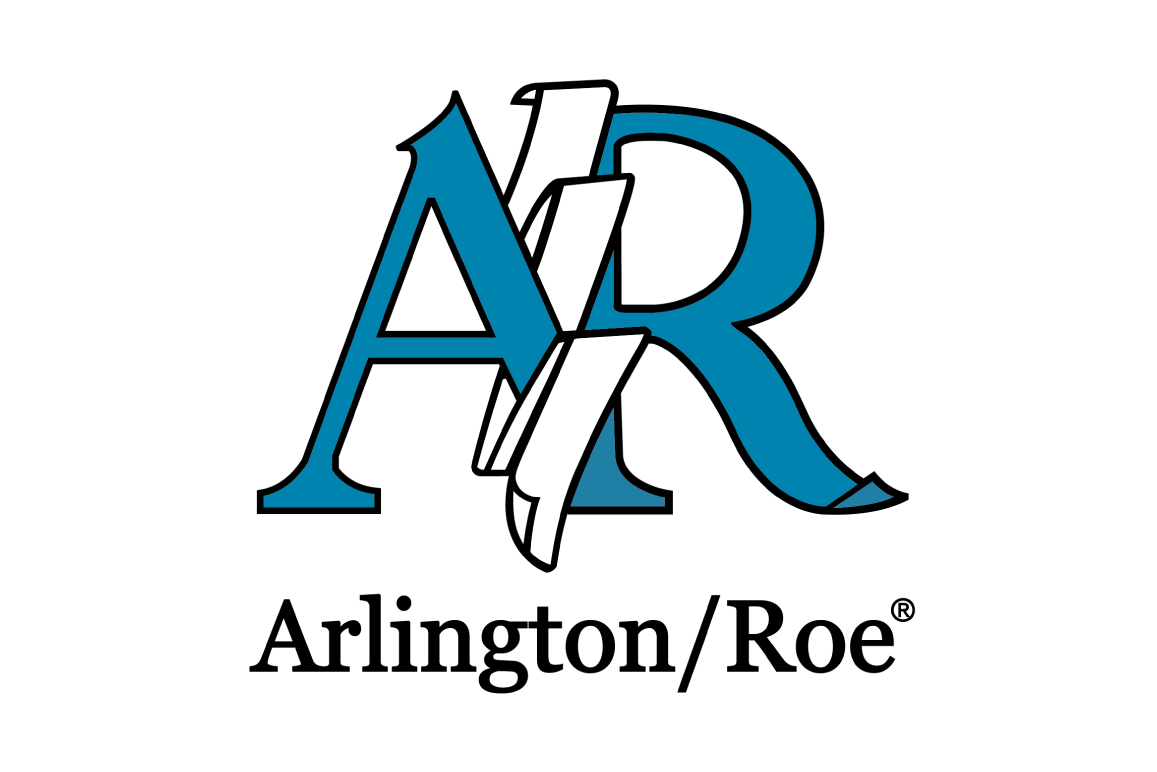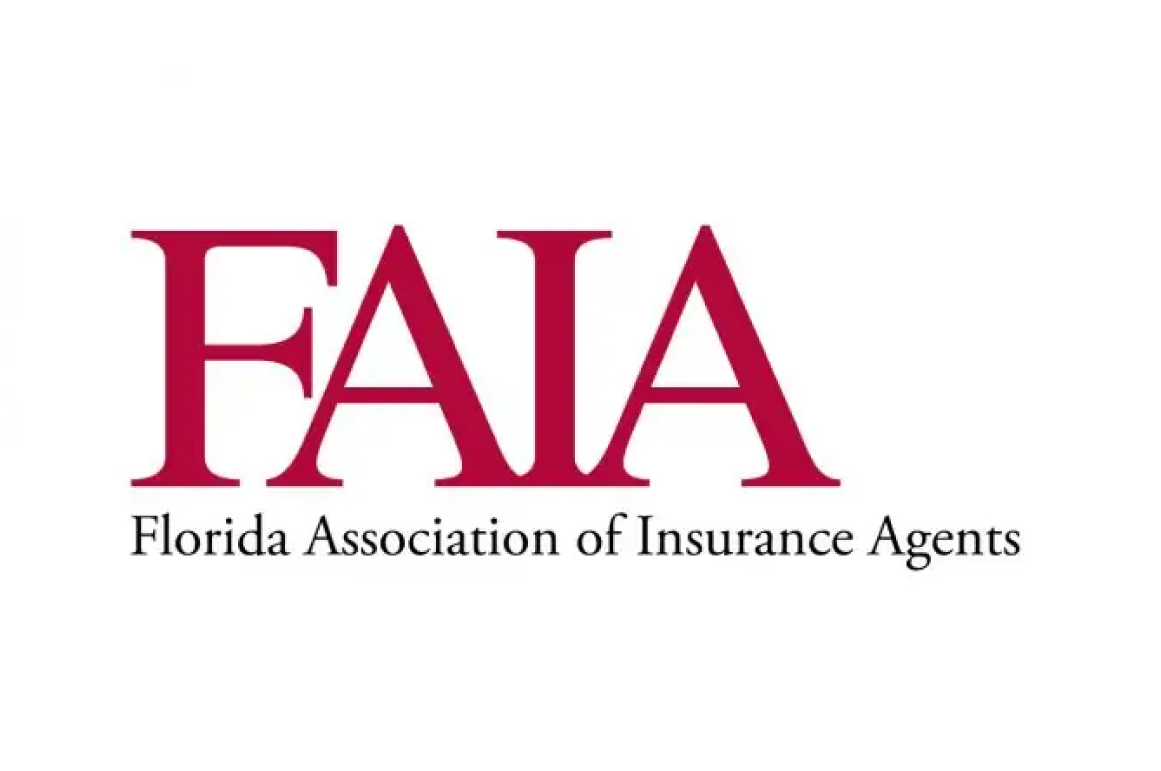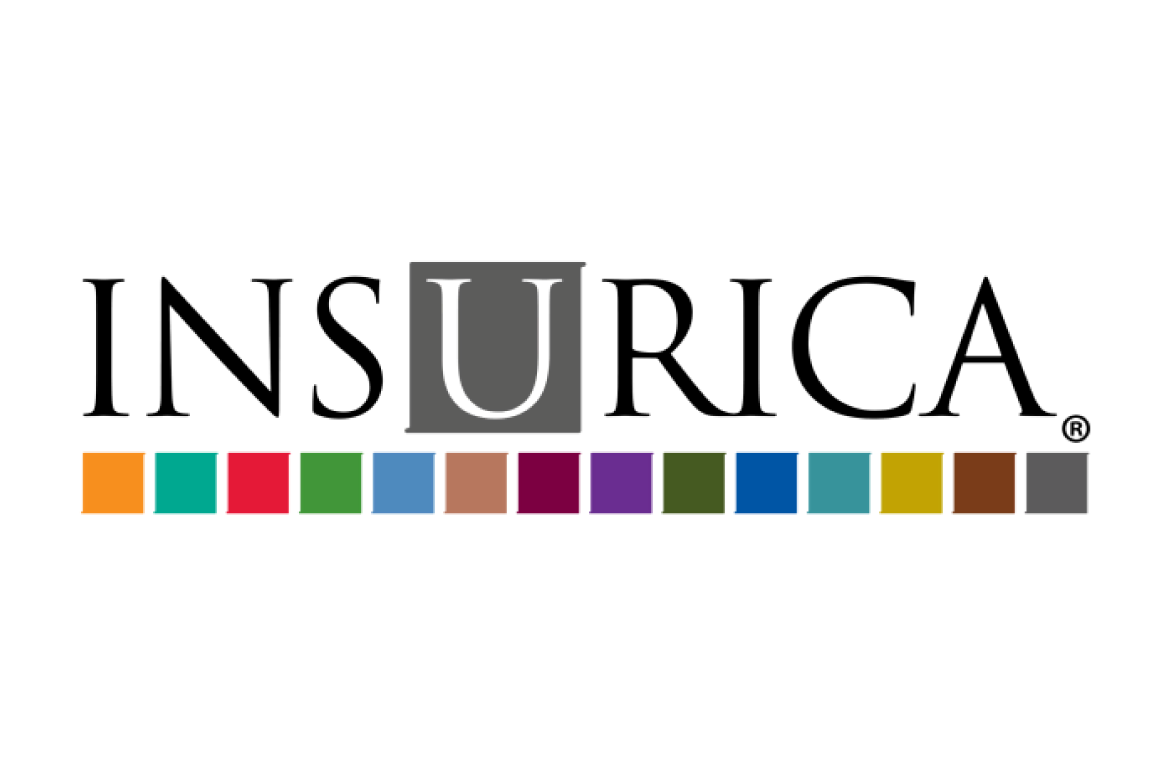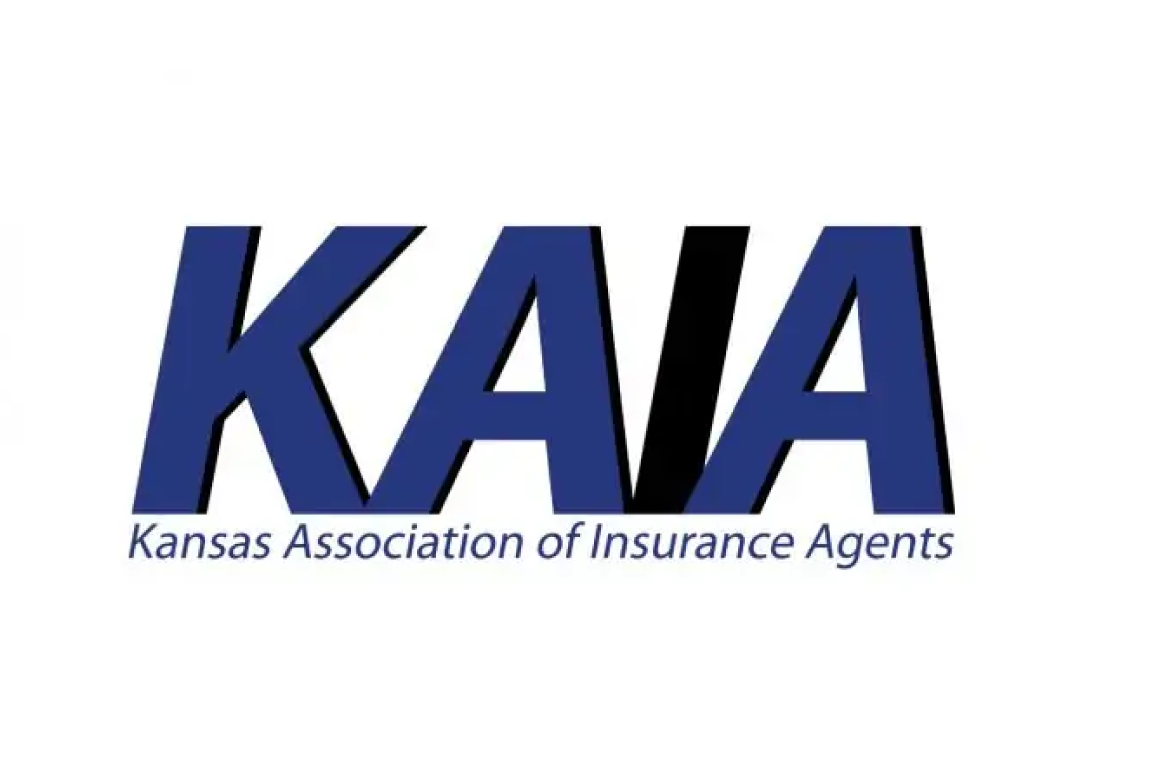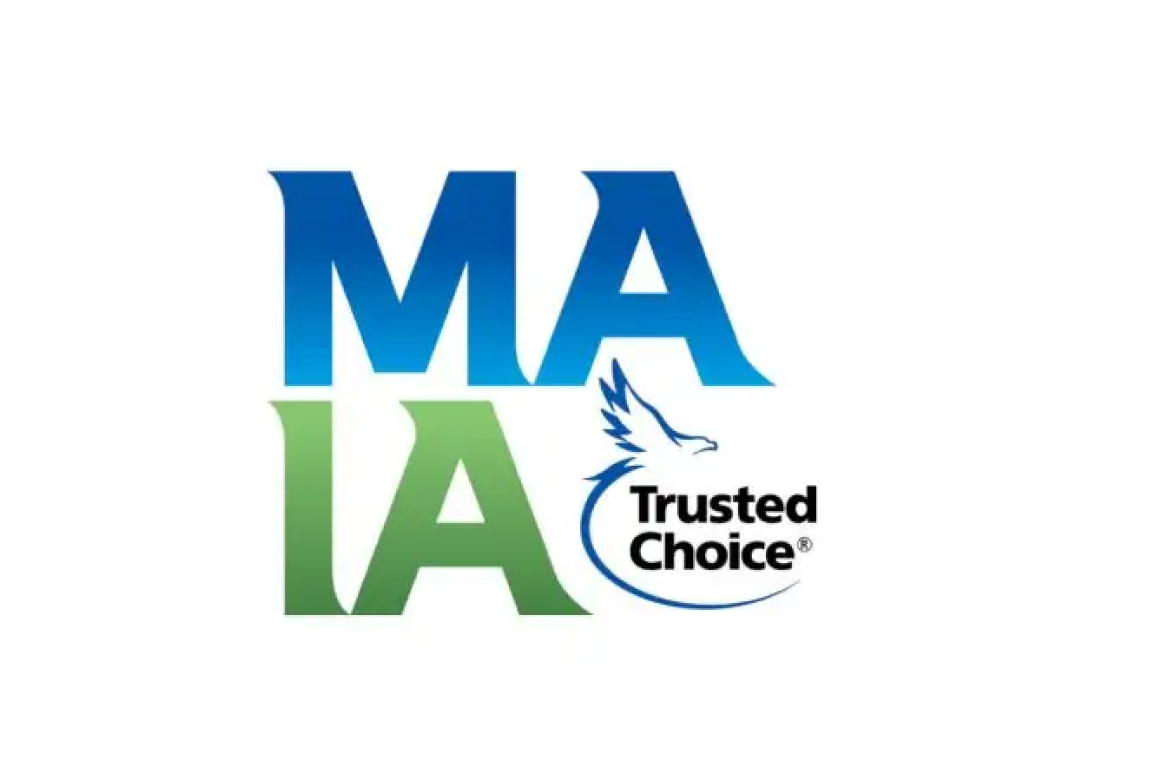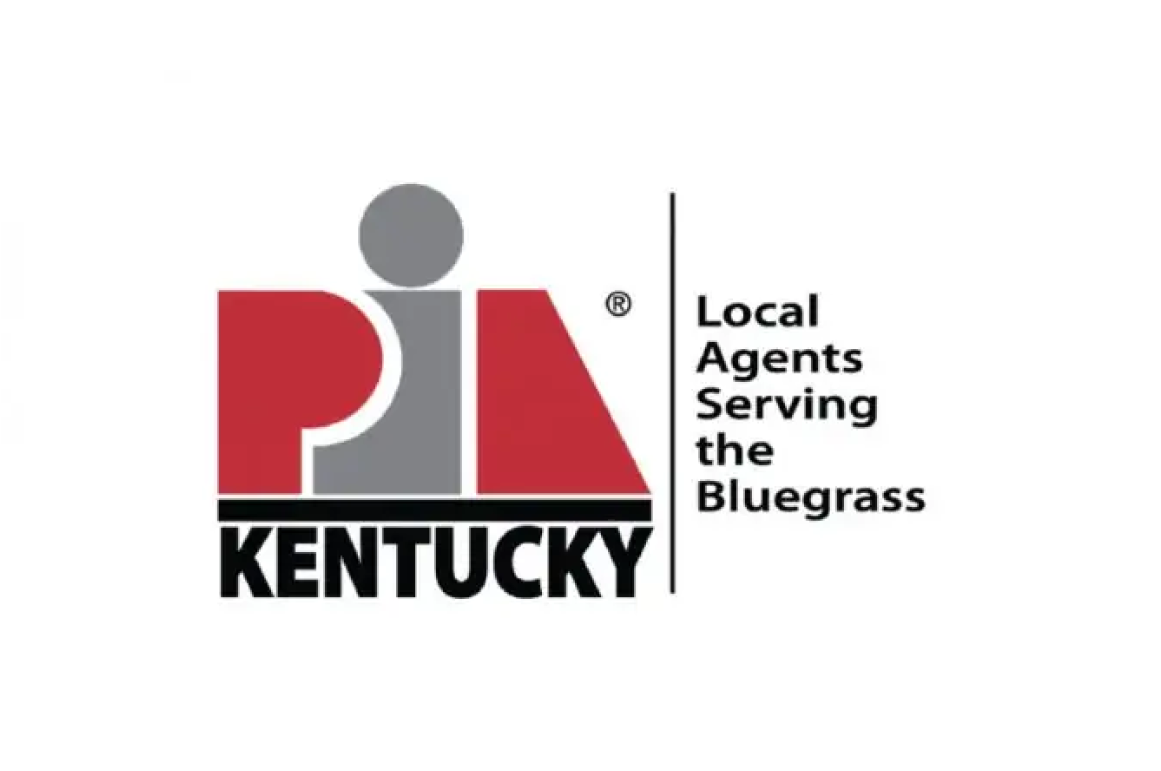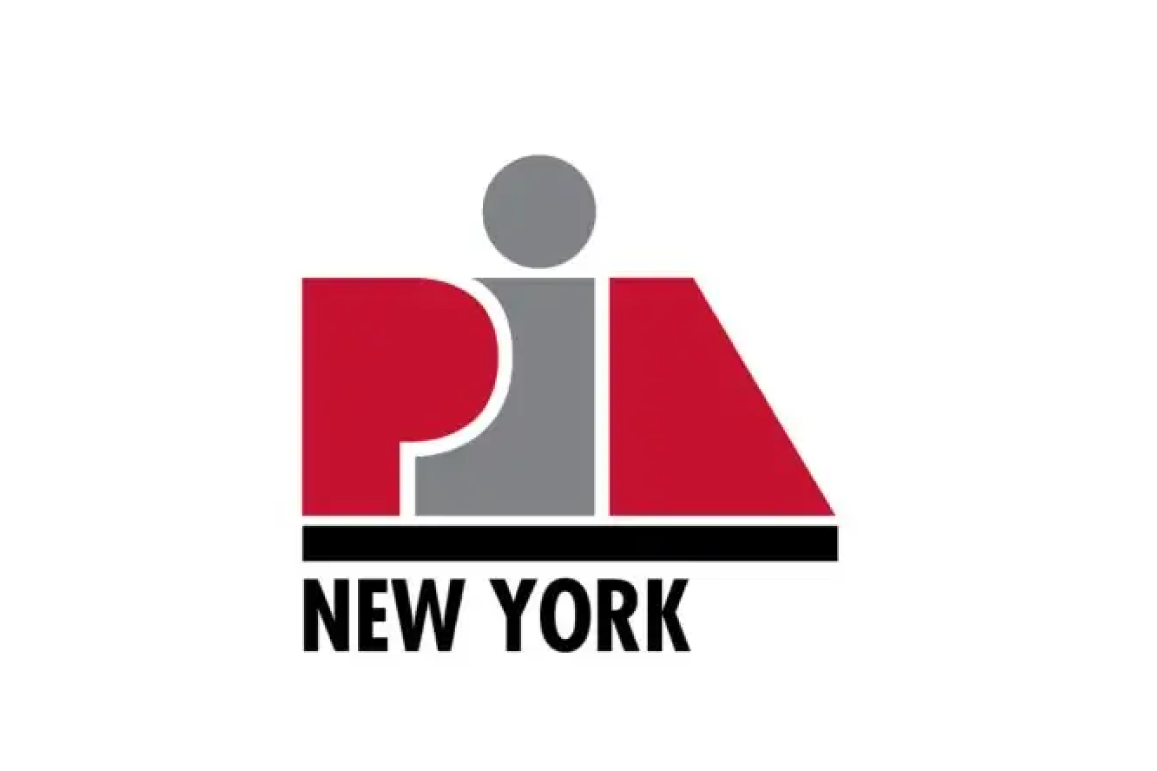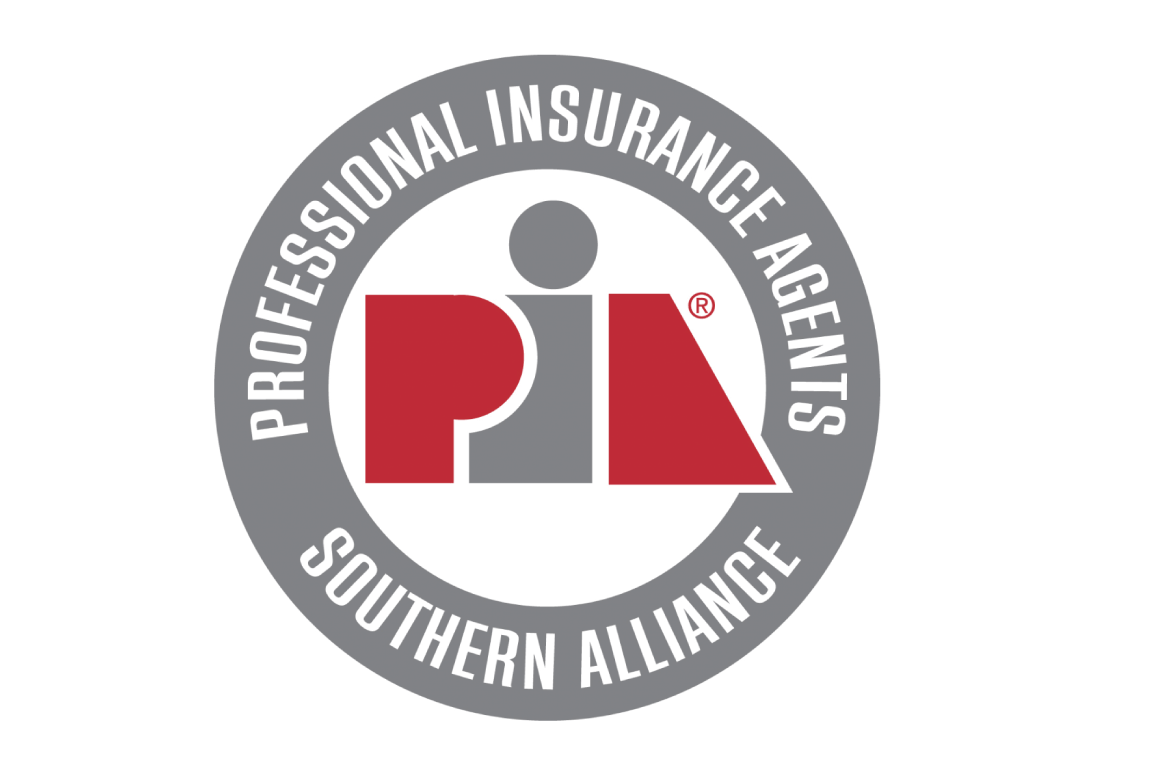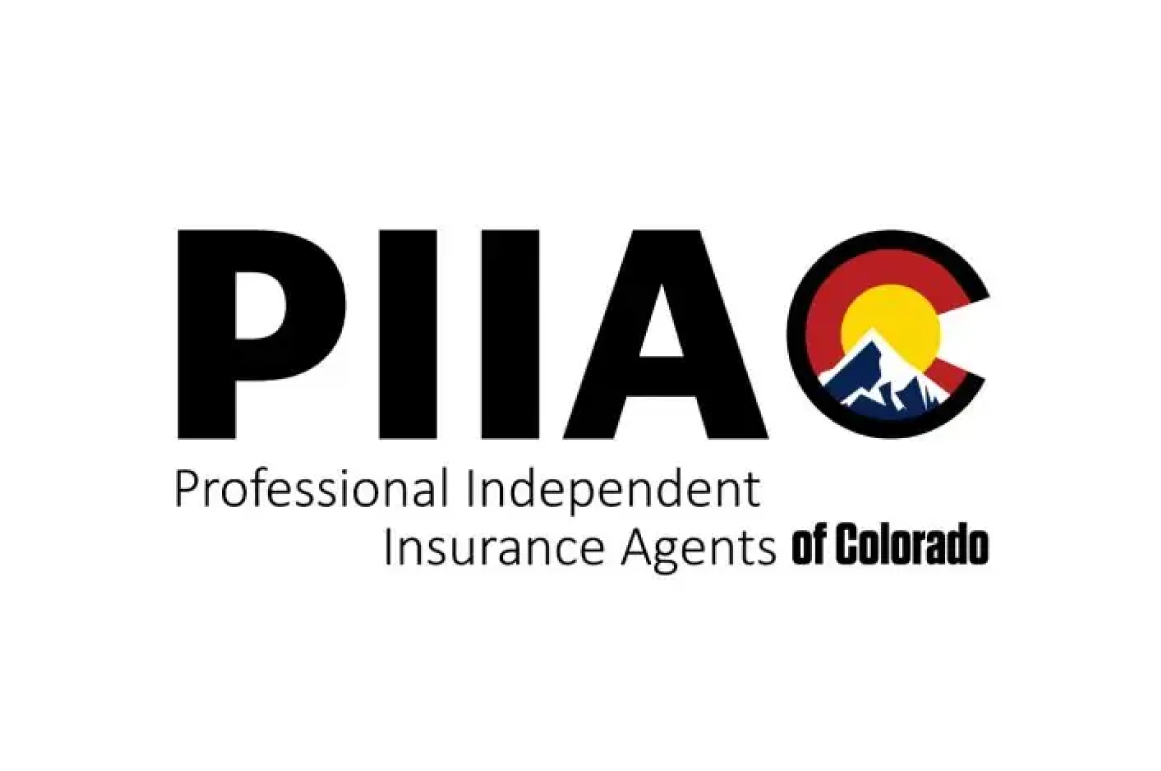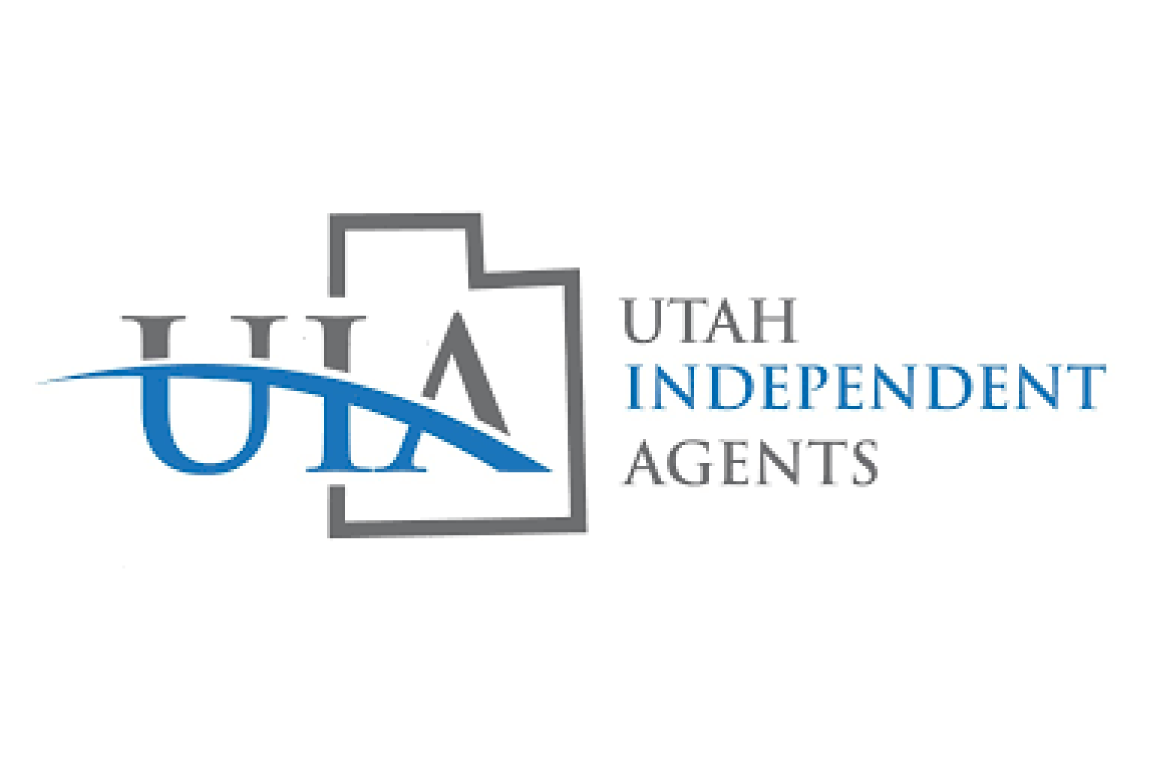
By Chris Bunbury, eS
Chris Bunbury is an Environmental Strategist and President of Environmental Strategist, Inc. (ESI), located in LeLand, Michigan. He graduated from Michigan State University with a Bachelor of Science degree in Natural Resources. In 1988, he worked in the commercial property and casualty insurance industry as a retail commercial insurance producer. As the environmental insurance industry evolved, it was a natural transition for Chris to move into this evolving field.
As an environmental insurance wholesaler, Environmental Risk Managers, Inc. (ERMI) frequently assists retail agents who have approached environmental insurance carriers directly and may not be familiar with certain coverages. A recent conversation with an agent brought up the topic of Natural Resource Damages and its importance as a coverage.
Specialty environmental insurance wholesalers like ERMI exist to provide insights and assistance, ensuring agents are not exposed to potential errors and omissions (E&O) risks. This highlights the significance of having an environmental financial assurance plan in place to address Natural Resource Damages for businesses.
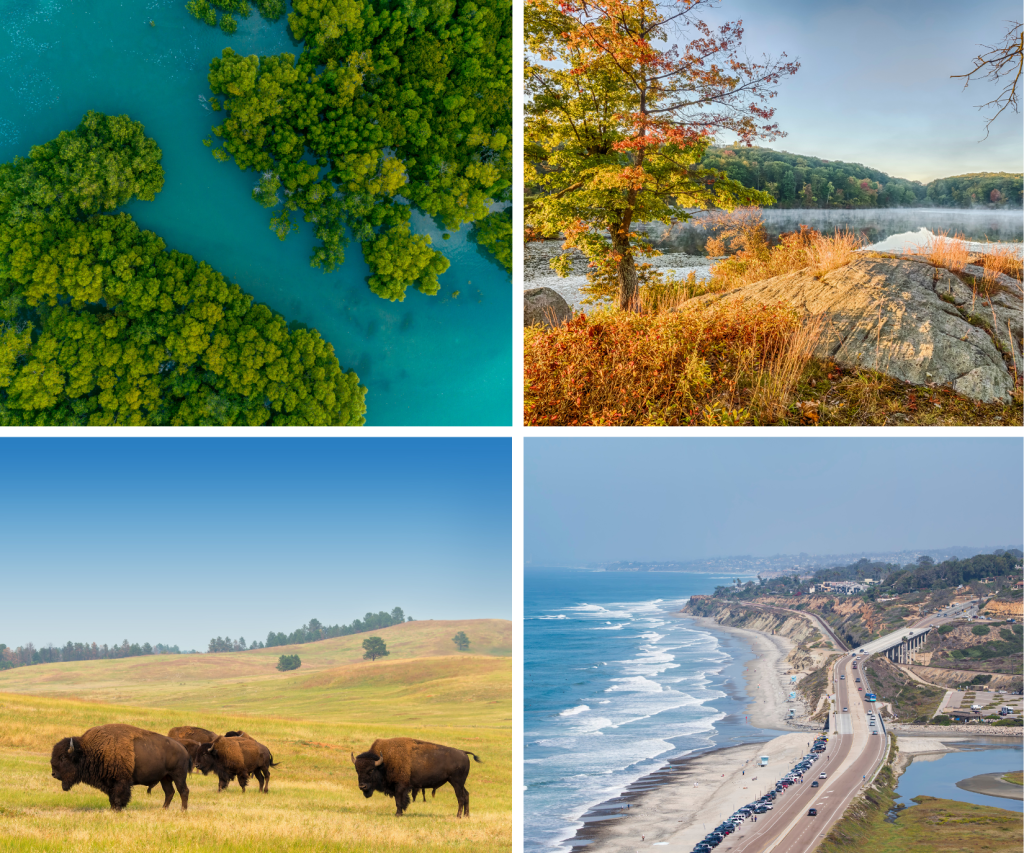
So, what exactly are Natural Resources?
According to the EPA, under the Comprehensive Environmental Response, Compensation, and Liability Act (CERCLA) and the Oil Pollution Act (OPA), the definition of natural resources encompasses a broad range of elements, including land, fish, wildlife, biota, air, water, groundwater, drinking water supplies, and other similar resources. Furthermore, these resources must be owned, managed, held in trust, and controlled by the United States, any State, a Native Tribe, a local government, or a foreign government.
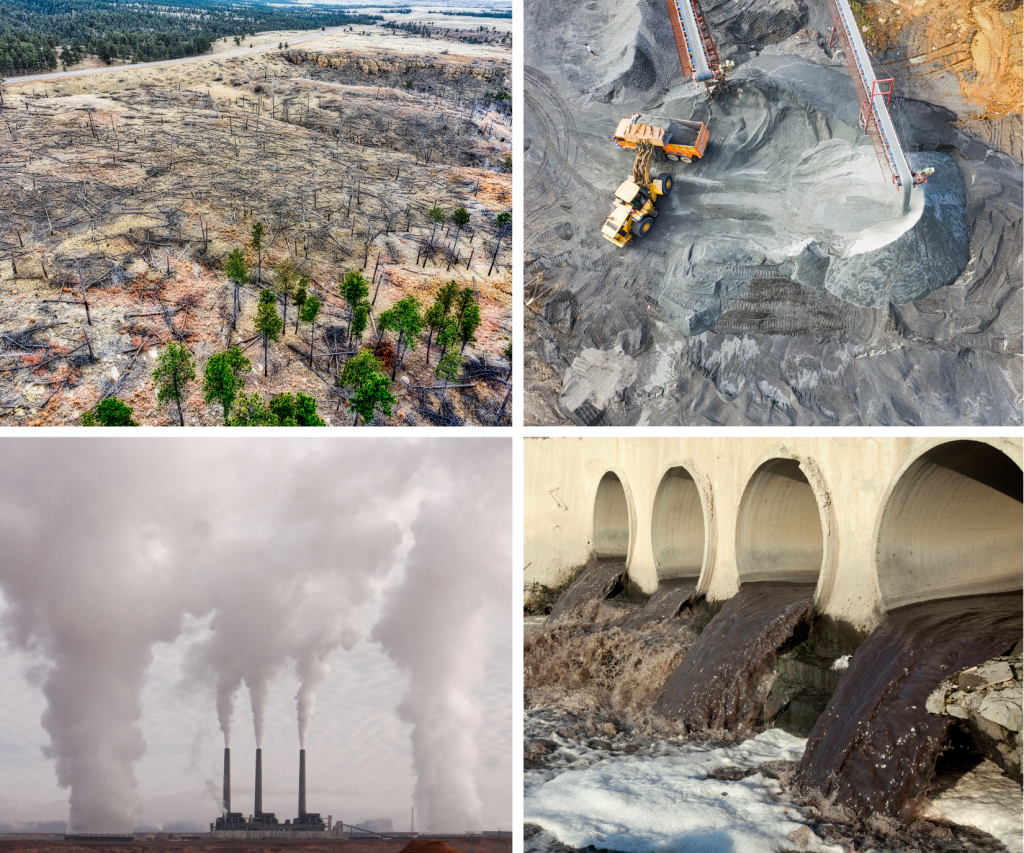
What are Natural Resource Damages?
Natural Resource Damages refer to the injury, destruction, or loss of these natural resources. The measure of damages under CERCLA and OPA includes the cost of restoring injured natural resources back to their baseline condition, compensation for the interim loss of injured resources while awaiting recovery, and reasonable costs for damage assessment.
Consider the impact that pollution liabilities can have on natural resources. As a lifelong resident of Michigan, known as the “Water, Winter Wonderland,” I can appreciate the significance of environmental financial assurance for Natural Resource Damages. Michigan boasts abundant bodies of water, and a considerable portion of the Upper Peninsula consists of government or tribal-owned land. This highlights the importance of having a robust environmental financial assurance strategy in place to address potential Natural Resource Damages resulting from pollution liabilities.
Examples of Natural Resource Damages
- As a general rule, cyber policies do not cover for pollution losses that result due to a cyberattack.
- The Trump Organization faced accusations of taking large volumes of river water without a permit, potentially harming fish and wildlife.
- In another case, a dam owner was found guilty of polluting a Washington river with black rubber particles from recycled tires during construction work.
In conclusion, understanding Natural Resource Damages in pollution policies is essential for businesses and their insurance coverage. Working with environmental insurance specialists can provide the necessary expertise and guidance to ensure adequate protection and risk management in this area.

